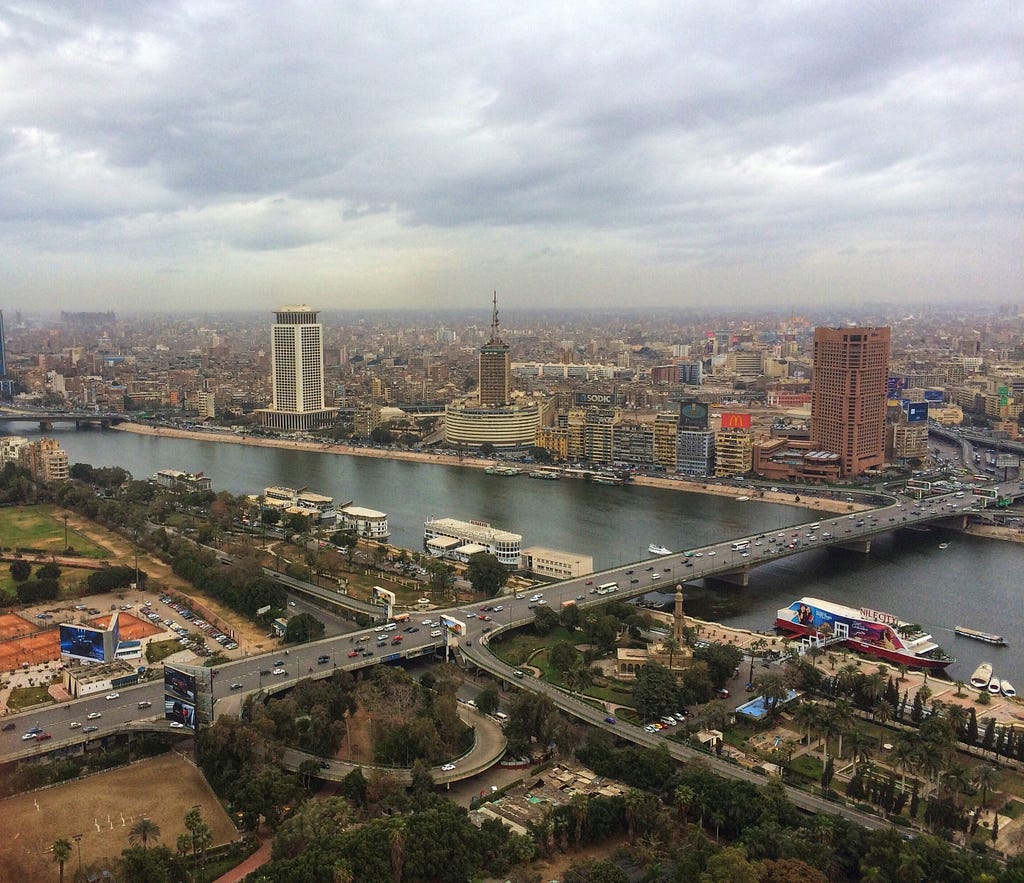In today’s rapidly evolving global economy, an inclusive financial system isn’t just an aspirational goal, it’s a necessity.
When people have access to financial tools and services, they can save for emergencies, invest in their futures, and build better lives for their families.
Yet, for many in developing countries, the financial world remains largely inaccessible. This exclusion hampers economic growth, perpetuates poverty, and prevents these countries from realizing their full potential.
So, what would a truly inclusive financial system for developing countries look like?
1. Digital and Mobile Banking
Digital technology has the potential to revolutionize the financial landscape. In parts of Africa, for example, mobile banking has become an indispensable tool for many who were previously unbanked.
Take M-Pesa in Kenya. Launched in 2007 by Safaricom, it started as a simple way to text small amounts of money. Today, it provides millions with access to savings accounts, loans, and insurance products.
2. Financial Literacy Programs
Financial knowledge is power. Programs that prioritize financial literacy can equip individuals with the skills they need to navigate the financial landscape, budget, save, and invest wisely.
Consider the success of the Philippines’ National Strategy for Financial Inclusion, which emphasizes education and consumer protection. As a result, more Filipinos now have access to basic banking services, and are better equipped to make informed decisions about their finances.
3. Women’s Empowerment
In many developing countries, women are disproportionately excluded from the financial system. By creating targeted financial products and services for women, we can foster their economic empowerment.
In Bangladesh, for instance, the Grameen Bank has provided microloans primarily to women, enabling them to start businesses and lift themselves out of poverty.
4. Regulatory Reforms
Government policies can make or break financial inclusivity. Creating a regulatory environment that encourages financial innovation while ensuring consumer protection is paramount.
India’s Jan Dhan Yojana, a financial inclusion initiative, has led to the opening of over 300 million bank accounts, thanks to supportive government policies.
BRICS and the Future of Global Finance
Amid these developments, BRICS nations (Brazil, Russia, India, China, and South Africa) play a pivotal role in shaping the financial landscape.
Representing a significant chunk of the world’s population, these countries have recognized the value of collaboration in the financial sphere.
Rumors have been circulating about a potential gold-backed currency initiated by BRICS. Such a currency could stabilize these economies, reducing dependence on the US dollar and fostering economic independence.
Imagine, for instance, a situation where trade between South Africa and Brazil could bypass traditional currency exchanges, using a BRICS gold-backed currency. This would not only save on transaction costs but also reduce vulnerability to volatile currency fluctuations.
A gold-backed currency could also boost confidence in the financial systems of these countries, attract foreign investments, and create a level playing field in international trade.
With these changes on the horizon and the innovative steps taken by nations around the world, we’re progressing towards a financial system that truly serves everyone.
While challenges remain, the steps outlined above hint at a promising future for financial inclusivity in developing countries.





